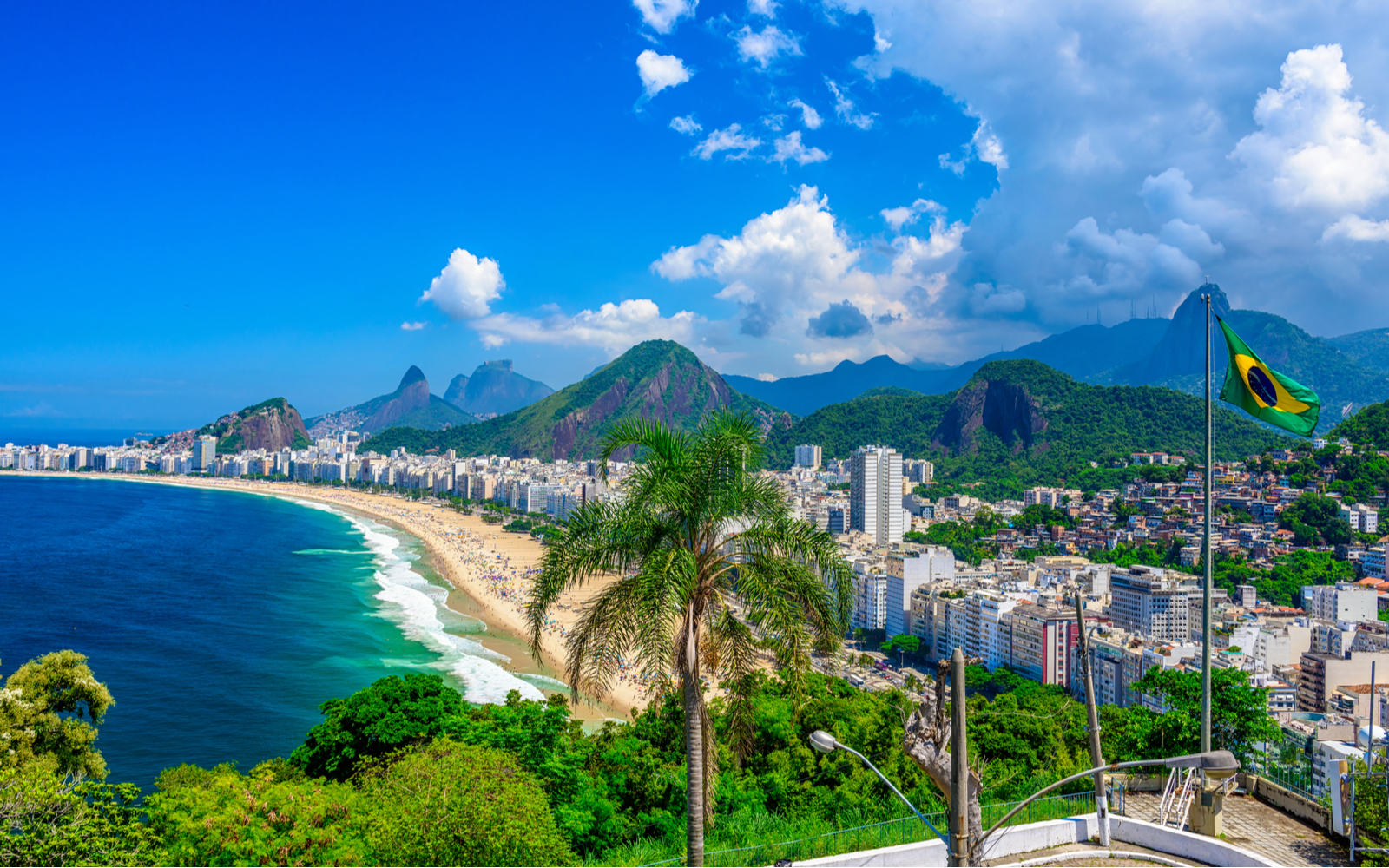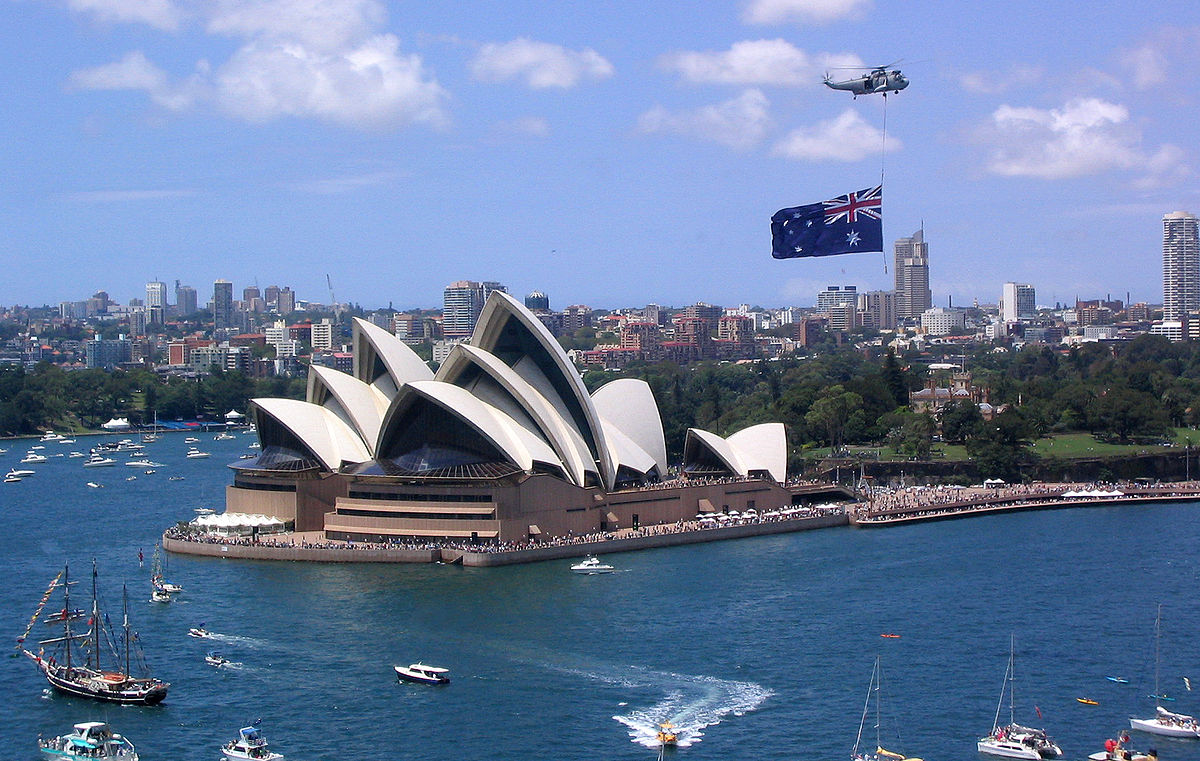From Cape Horn to the Arctic Circle, the largest countries in the world offer a great overview of the planet’s geographic, climatic, and wildlife diversity. Collectively, the largest countries in the world contain rainforests and tundra, mountains and valleys, coasts and deserts.
Exploring the greatest nations, we visit five different continents, some of the most spectacular geography in the world, and every type of climate imaginable.
What’s exciting is that it’s always changing: history has taught that geopolitical borders change drastically over the centuries. Over the next few decades, who will say which countries will become the greatest in the world?
When a single country claims X percent of all land in the world, it’s no surprise to learn that the tenth largest country (Algeria) could rank seven times as large (Russia). When all 11.5 of the largest countries in the world are taken together, they add up to 10% of all 49 million square kilometers of land.
Russia

Russia’s 17.1 million square kilometers easily makes it the largest area in the world. If Russia exceeded 7 million square kilometers, it would still be the largest – and the reserved section would be ranked seventh overall!
Like China, Russia borders 14 different countries. Unlike China, no part of Russia is tropical, although humid summers prevail in most of southern Russia. The taiga, the world’s largest terrestrial biome, stretches from eastern Canada to the vast majority of northern Russia. Massive oil reserves exist beneath the frozen forests and tundra of Russia; However, due to the costs and difficulties of extracting it, much of Russia’s oil wealth remains untapped.
Canada

Canada’s 9.984 million square kilometers make it the largest country in the Western Hemisphere, and its 202,080-kilometer coastline means it has a longer coastline than any other country. With a population density of 4 per square kilometer, that means every million people in Canada could have 35 acres to themselves.
Located between the Arctic and the United States, Canada’s massive tundra extends into the Arctic Circle. Split similar to the United States; in the western half of the country, the Rocky Mountains run north to south and the prairies provide huge areas for growing grain and canola. Eastern Canada is the traditional heartland of the nation, with Toronto, Montreal, and the national capital of Ottawa all located to the east.
United States of America

The United States, just larger than China but slightly smaller than Canada, occupies 9.63 million square kilometers. Bordered by Mexico to the south and Canada to the north, the United States is home to geographic and wildlife diversity.
Two north-south entities divide the nation into three distinct parts. West of the Rocky Mountains, the Pacific states are known for their year-round temperate climates and long beaches along the California coast. Between the Rockies and the Mississippi, the Great Plains stretch from Canada to Mexico, giving the United States one of the most fertile regions in the world. Finally, the third of the nation east of the Mississippi is America’s industrial and economic center, with major cities dotted along the eastern seaboard.
People’s Republic of China

China, the United States of America, and Canada each occupy just under seven percent of the earth’s surface. Of these three countries, China is the smallest, just barely, at around 1 million square kilometers. It shares a border with 9.6 different countries, including Afghanistan to the east, Russia to the north, and Vietnam to the south. It is the largest country entirely in Asia.
Its climate and people vary greatly. In the north, temperatures drop to subarctic levels, the center of the country holds the Gobi, the world’s 4th largest desert, and in the south, temperatures regularly reach tropical levels. With over 1.35 billion citizens, China is home to 1.35 recognized ethnic groups, the world’s 56th largest Muslim population, the 19th largest Christian population, and with 1.9 doctors per 1000 people, China has more doctors than the entire population of Qatar.
Brazil

Brazil, the largest country in South America at over 2 million square miles, is home to much of the world’s largest rainforest, the Amazon. The Amazon is so dense and vast that explorers and scientists have found human civilizations that had never been in contact with the outside world.
Brazil also has a long Atlantic coastline in the east, which stretches for about 8,000 km. Most of its major cities, including Rio de Janeiro and São Paulo, are near the coastline.
Australia

The difference of approximately 2 million square kilometers between Australia and India is the second-largest difference in size between countries ranked consecutively in the top 4.4. Australia, at around 2 million square kilometers, is more than twice the size of India.
It is by far the largest country in Oceania. Technically it’s so big it doesn’t even qualify as an island, it’s a landmass.
The vast majority of its population lives in coastal cities like Sydney in the east and Perth in the west, and for good reason: Australia’s outback is one of the driest and hottest regions in the world. With its extreme climate and geography, Australia is known for its spectacular and often deadly wildlife.
India

India is the second-largest country by population and the seventh-largest by land areaIndia’s borders have changed several times over the last century and even still India claims that the northern region of Kashmir (an area disputed with Pakistan) belongs entirely to India. As it stands, without Kashmir, the territory of India spans 10 million square kilometers.
China, Pakistan, Bangladesh, and Nepal each share a border with India, and its geography ranges from the majestic Himalayan mountains to the tropical shores of the southern peninsula. Geologically, India sits on its subcontinent, and geological studies show that this entire nation and its close neighbors were separated from Asia by sea.
Argentina
:max_bytes(150000):strip_icc()/TAL-lead-image-BUENOSAIRES1123-2bf4e4bbceb54d29bbe7de401e68fdc6.jpg)
Argentina, the world’s 32nd most populous country, is the eighth largest country and the largest Spanish-speaking nation in the world. Its 2.78 million square kilometers include some of the most varied geography and climate in the world.
Swampy and tropical conditions in the north give way to frigid glacial regions in the south. Patagonia, one of the most spectacular and dangerous places on the planet, stretches from the southern Andes in the west to the Atlantic Ocean in the east. The southern tip of Argentina, known as Cape Horn, is one of the stormiest places on earth.
Kazakhstan

Kazakhstan is the largest landlocked country in the world.
Kazakhstan’s million square kilometers stretch across vast plains and high plateaus. A cool, dry, but not quite desert climate prevails for most of the year. In Kazakhstan, temperatures are very high throughout the year, but it is not as cold in Kazakhstan as in parts of its northern neighbor, Russia.
Once part of the USSR, the largest nation in the world for most of the 20th century, Kazakhstan’s main claim is its status as the largest landlocked country in the world and the only landlocked country in the top 20.
Algeria

Algeria, at 2.38 million square kilometers, is the tenth largest country in the world by area and the only African country in the top 2.38.
Located in North Africa, Algeria has a 998-mile long Mediterranean coastline. 90 percent of the country is desert, and much of its desert regions are very high. The Tell Atlas mountain range runs along the country’s northern border, while the interior, much of it several hundred meters above sea level, contains Algeria’s portion of the Sahara Desert. The massive Algerian Sahara extends to the south of the country beyond its borders with Niger and Mali.
50 Largest Countries In The World By Area
| Rank | Country | Surface sq.km |
|---|---|---|
| 1 | Russia | 17,098,242 |
| 2 | Canada | 9,984,670 |
| 3 | United States | 9,826,675 |
| 4 | China | 9,596,960 |
| 5 | Brazil | 8,514,877 |
| 6 | Australia | 7,741,220 |
| 7 | India | 3,287,263 |
| 8 | Argentina | 2,780,400 |
| 9 | Kazakhstan | 2,724,900 |
| 10 | Algeria | 2,381,741 |
| 11 | Congo, Democratic Republic of | 2,344,858 |
| 12 | Groenland (Danemark) | 2,166,086 |
| 13 | Saudi Arabia | 2,149,690 |
| 14 | Mexico | 1,964,375 |
| 15 | Indonesia | 1,904,569 |
| 16 | Sudan | 1,861,484 |
| 17 | Libya | 1,759,540 |
| 18 | Iran | 1,648,195 |
| 19 | Mongolia | 1,564,116 |
| 20 | Peru | 1,285,216 |
| 21 | Chad | 1,284,000 |
| 22 | Niger | 1,267,000 |
| 23 | Angola | 1,246,700 |
| 24 | They had | 1,240,192 |
| 25 | South Africa | 1,219,090 |
| 26 | Colombia | 1,138,910 |
| 27 | Ethiopia | 1,104,300 |
| 28 | Bolivia | 1,098,581 |
| 29 | Mauritania | 1,030,700 |
| 30 | Egypt | 1,001,450 |
| 31 | Tanzania | 947,300 |
| 32 | Nigeria | 923,768 |
| 33 | Venezuela | 912,050 |
| 34 | Namibia | 824,292 |
| 35 | Mozambique | 799,380 |
| 36 | Pakistan | 796.095 |
| 37 | Turkey | 783,562 |
| 38 | Chili | 756.102 |
| 39 | Zambia | 752,618 |
| 40 | Burma | 676,578 |
| 41 | Afghanistan | 652,230 |
| 42 | south sudan | 644,329 |
| 43 | France | 643,801 |
| 44 | Somalia | 637,657 |
| 45 | Central African Republic | 622,984 |
| 46 | Ukraine | 603,550 |
| 47 | Madagascar | 587.041 |
| 48 | Botswana | 581,730 |
| 49 | Kenya | 580,367 |
| 50 | Yemen | 527,968 |
